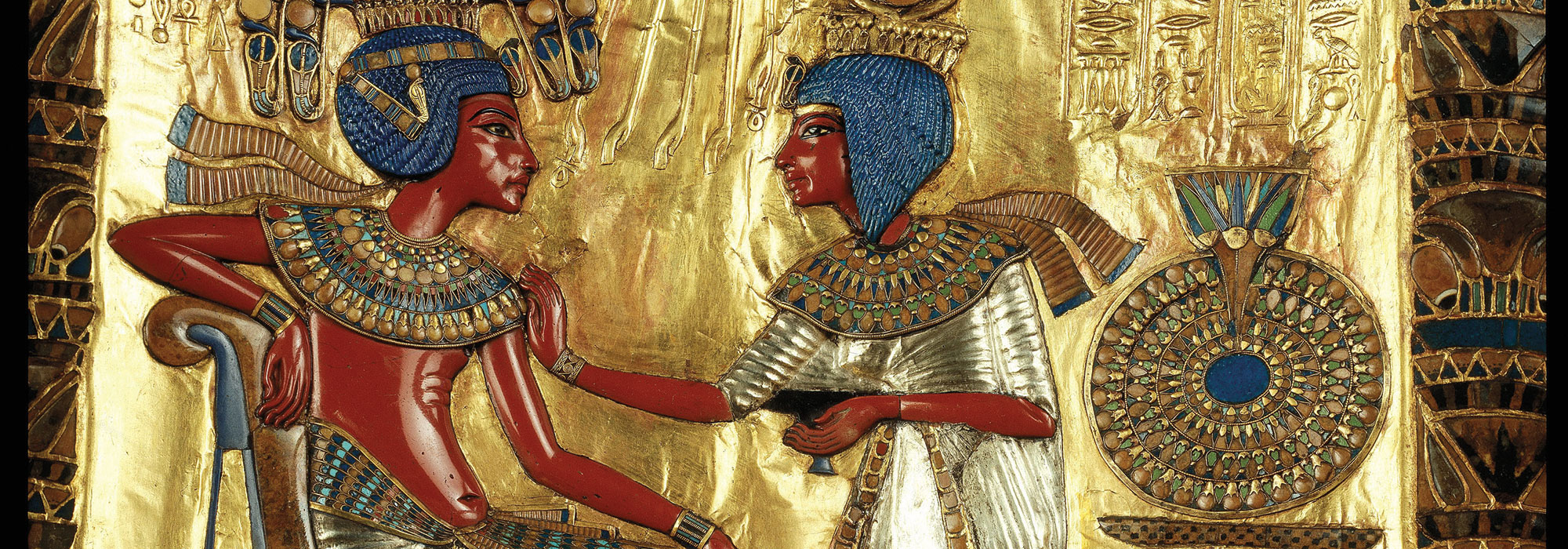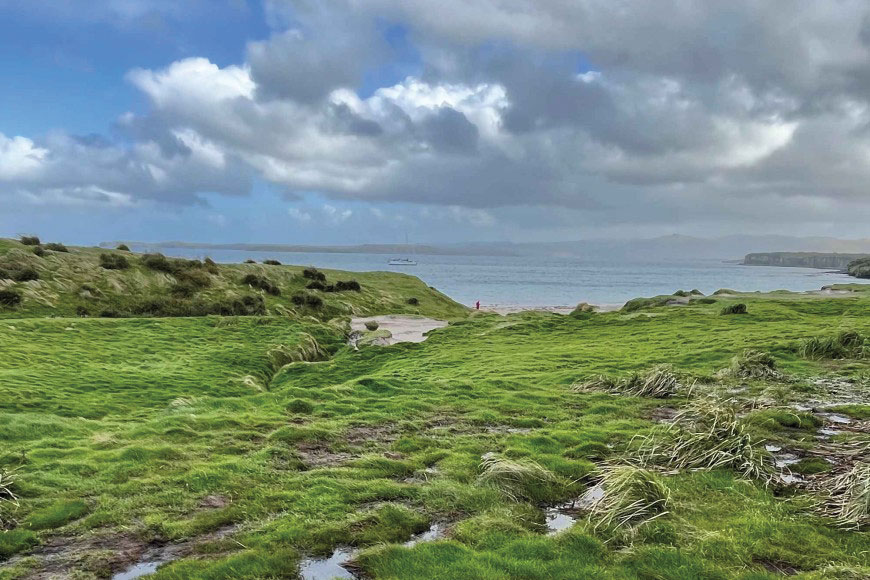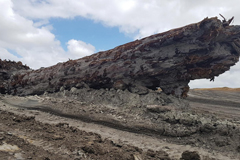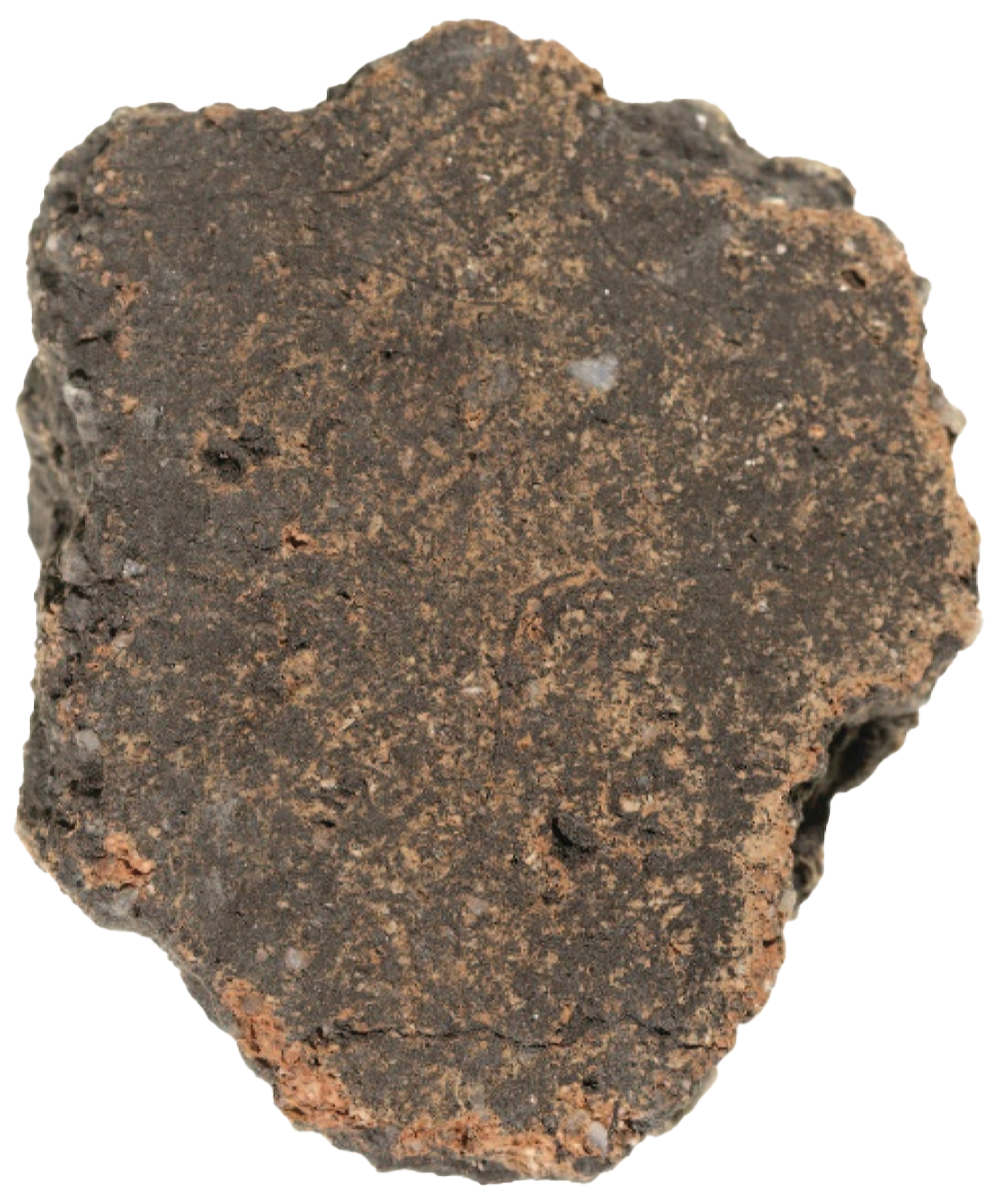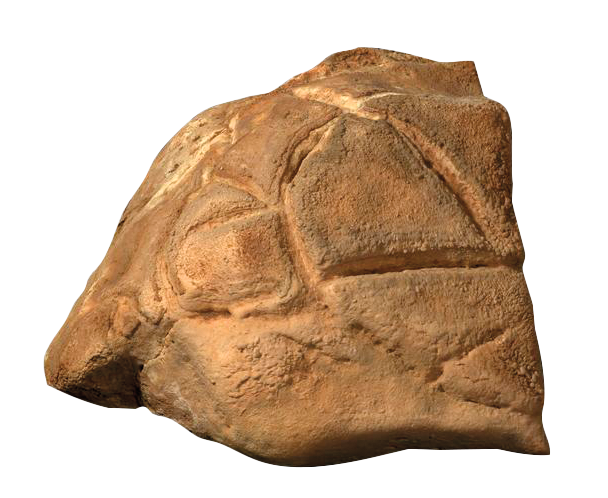Features From the Issue
-
Features
Rediscovering Egypt's Golden Dynasty
How King Tutankhamun’s family forever changed the land of the Nile
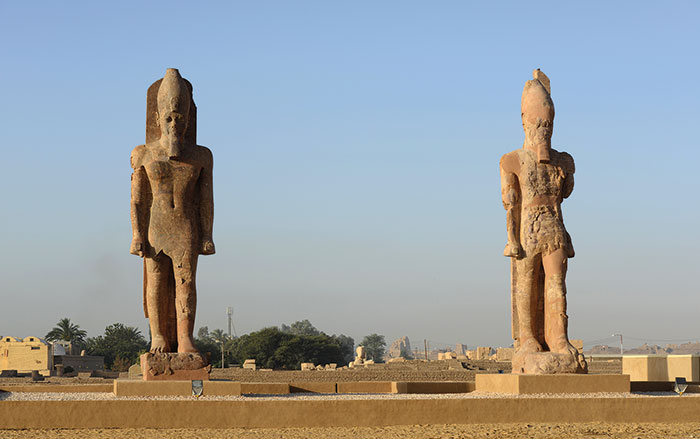 (Photo by Hourig Sourouzian/ The Colossi of Memnon and Amenhotep III Temple Conservation Project, Courtesy of the World Monuments Fund)
(Photo by Hourig Sourouzian/ The Colossi of Memnon and Amenhotep III Temple Conservation Project, Courtesy of the World Monuments Fund) -
Features
1,000 Fathoms Down
In the Gulf of Mexico, archaeologists believe they have identified a nineteenth-century whaling ship crewed by a diverse group of New Englanders
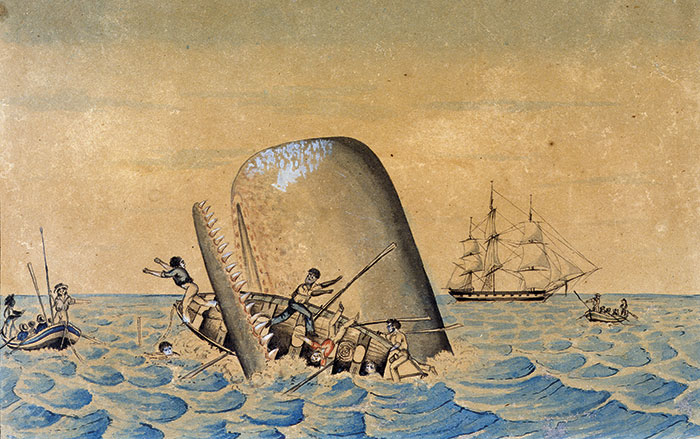 (Courtesy the New Bedford Whaling Museum)
(Courtesy the New Bedford Whaling Museum) -
Features
Caribbean Connections
Using pottery to trace the sea routes of early island settlers
-
Features
Sicily's Sacred Waters
A Phoenician ritual pool on a small island may have been the center of an ancient astronomical observatory
-
Features
Arabian Avenues of the Dead
Mysterious stone tombs mark a previously unknown network of pathways across a vast desert landscape
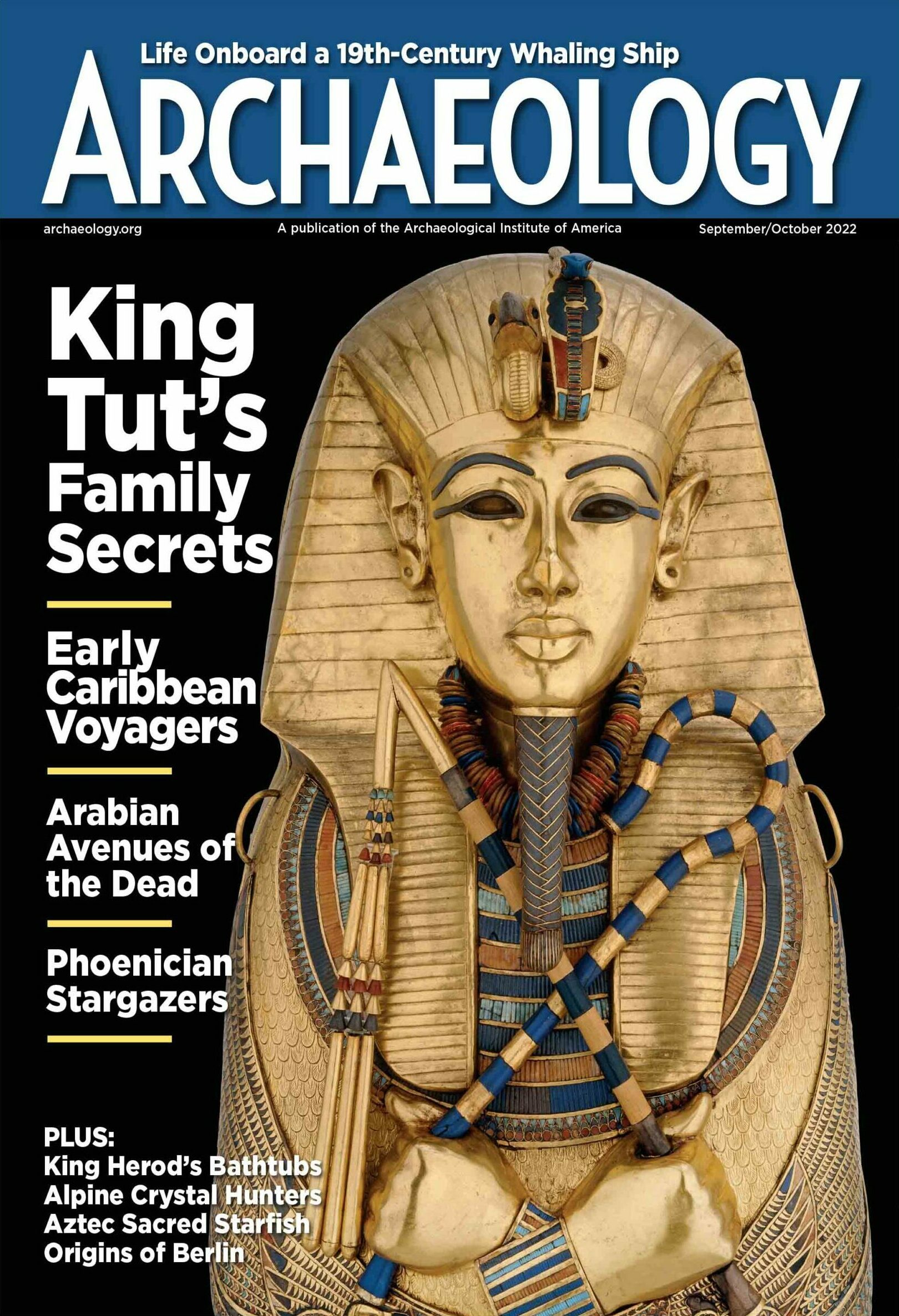
Letter from Germany
Letter from Germany
Berlin's Medieval Origins
In the midst of modern construction, archaeologists search for evidence of the city’s earliest days

Artifact
Artifacts
Nordic Bronze Age Figurine
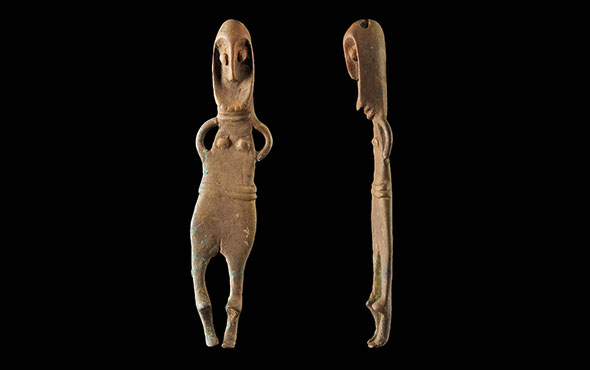
Digs & Discoveries
-
Digs & Discoveries
The Case of Tut's Missing Collar
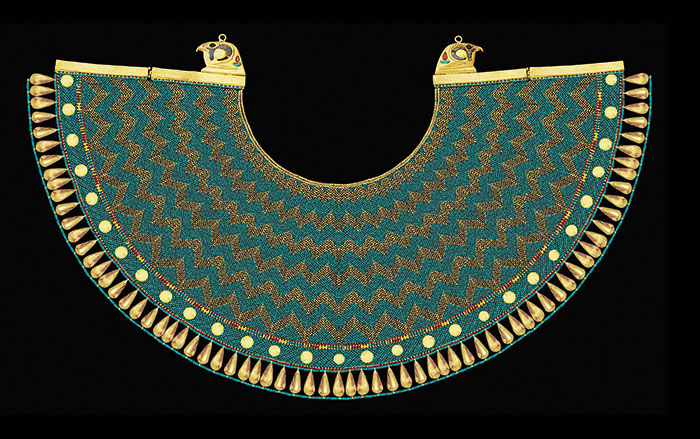 (Courtesy Marc Gabolde)
(Courtesy Marc Gabolde) -
Digs & Discoveries
Alpine Crystal Hunters
 (G. Perissinotto/Archäologischer Dienst Graubünden)
(G. Perissinotto/Archäologischer Dienst Graubünden) -
Digs & Discoveries
Don't Give an Inch
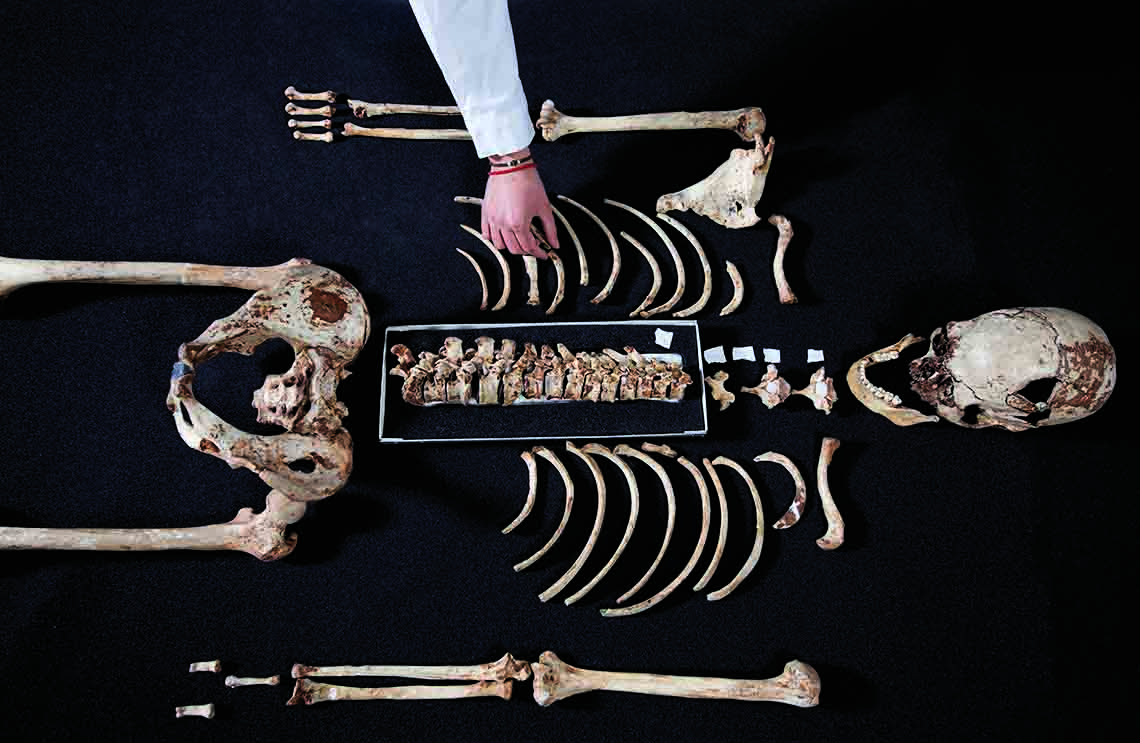 (G. Perissinotto/Archäologischer Dienst Graubünden, ©The Trustees of The Natural History Museum, London)
(G. Perissinotto/Archäologischer Dienst Graubünden, ©The Trustees of The Natural History Museum, London) -
Digs & Discoveries
Australia's Blue Period
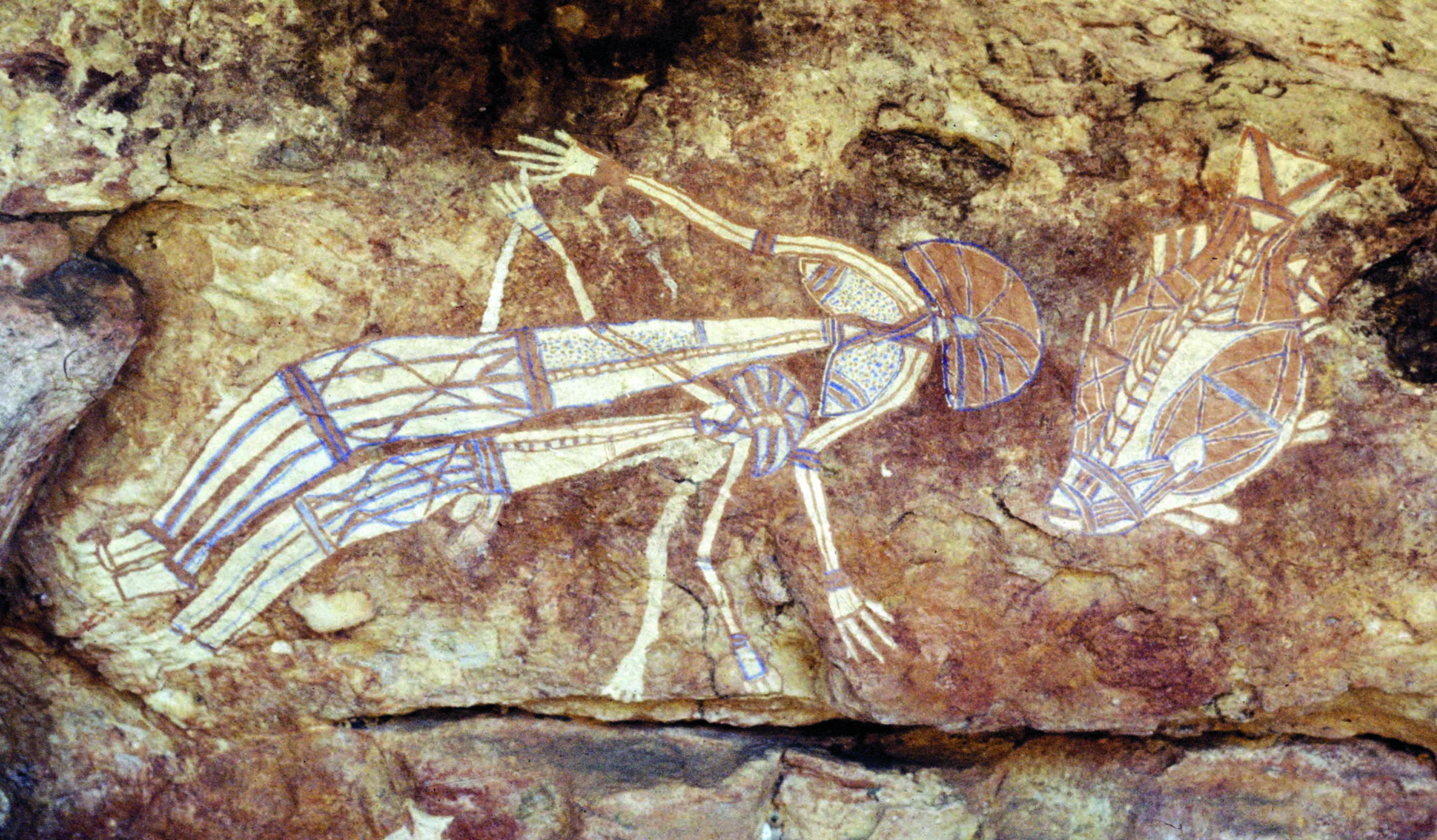 (Andrea Jalandoni)
(Andrea Jalandoni) -
Digs & Discoveries
Romans Go Dutch
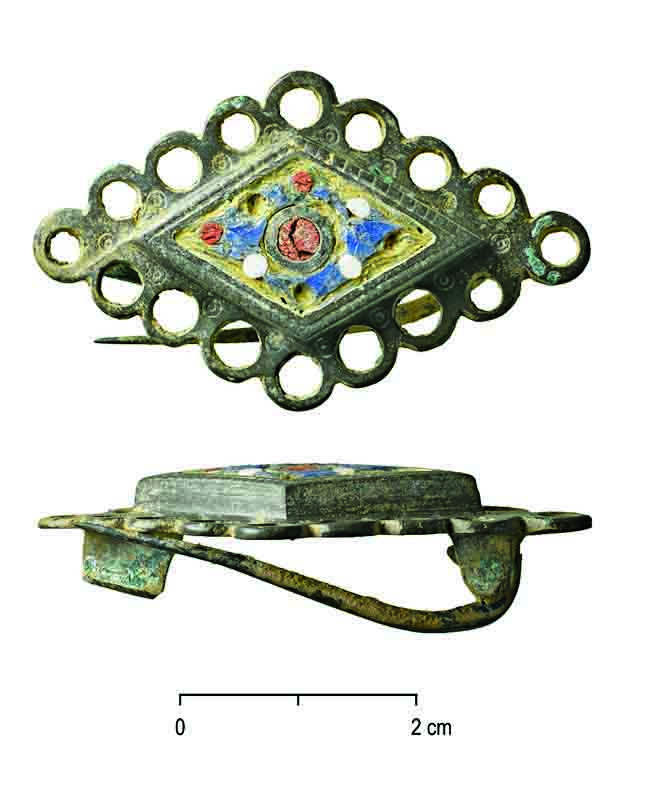 (Courtesy RAAP Archaeological Consultancy)
(Courtesy RAAP Archaeological Consultancy) -
Digs & Discoveries
Surveying Samnium
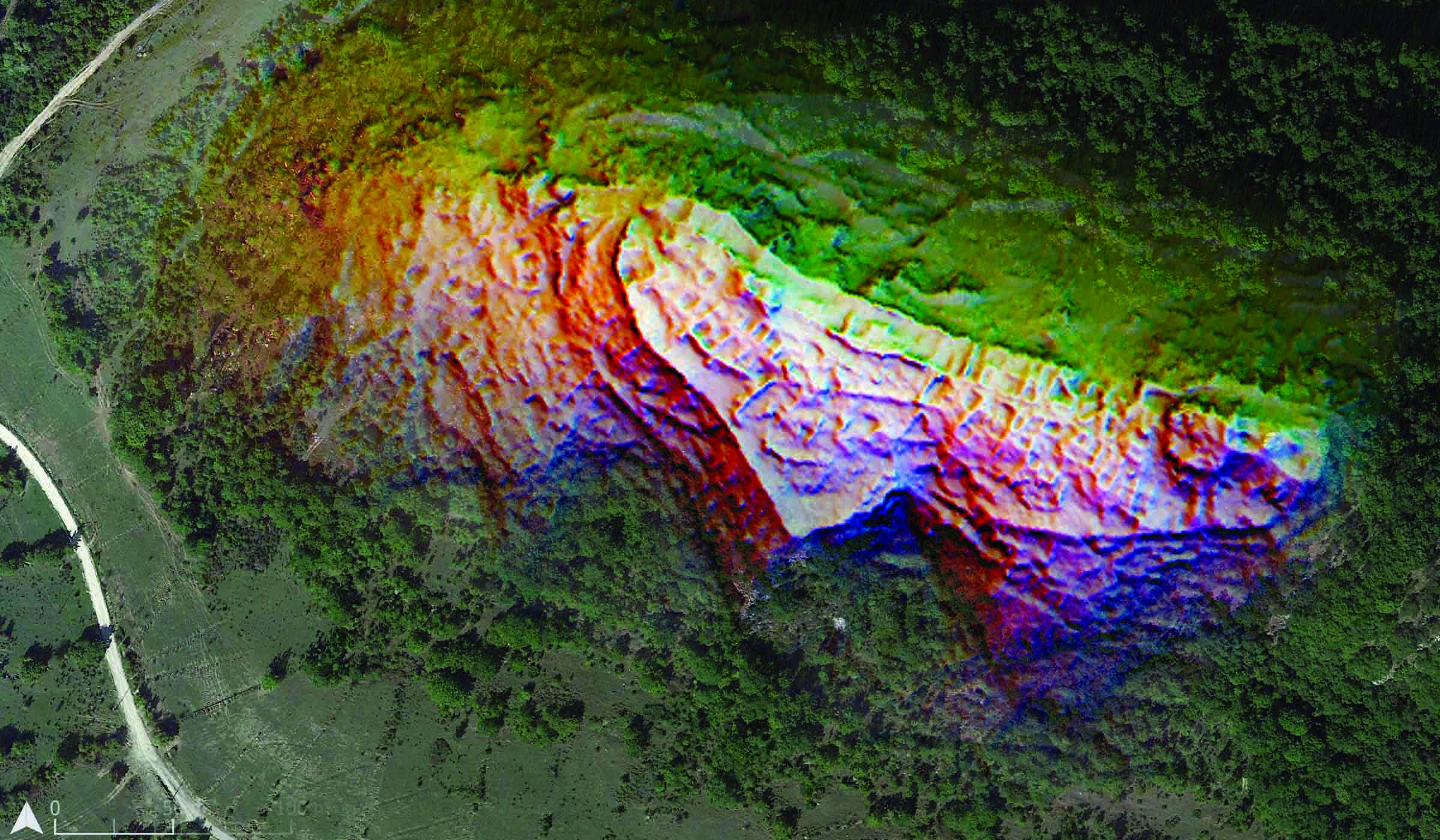
-
Digs & Discoveries
Heart of the Matter
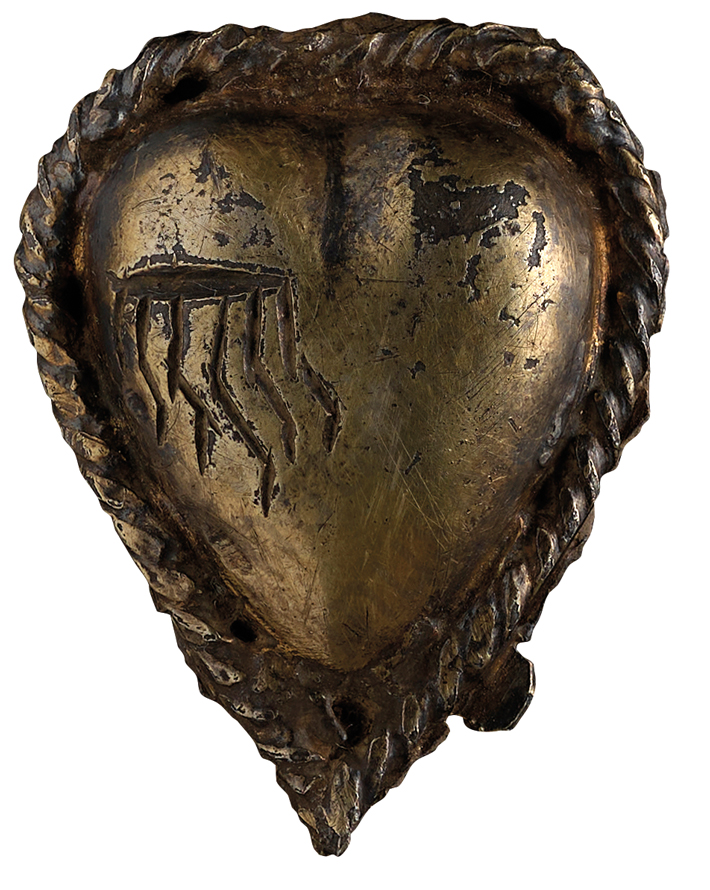 (© Amgueddfa Cymru – National Museum Wales)
(© Amgueddfa Cymru – National Museum Wales) -
Digs & Discoveries
Mexican Star Power
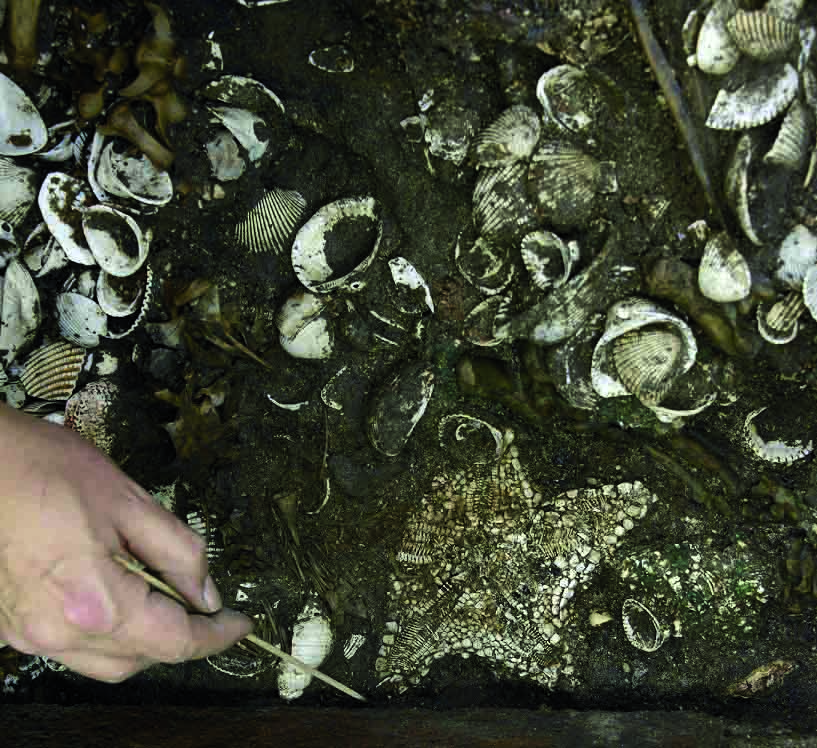 (Melitón Tapia, INAH)
(Melitón Tapia, INAH) -
Digs & Discoveries
Pictish Pictograms
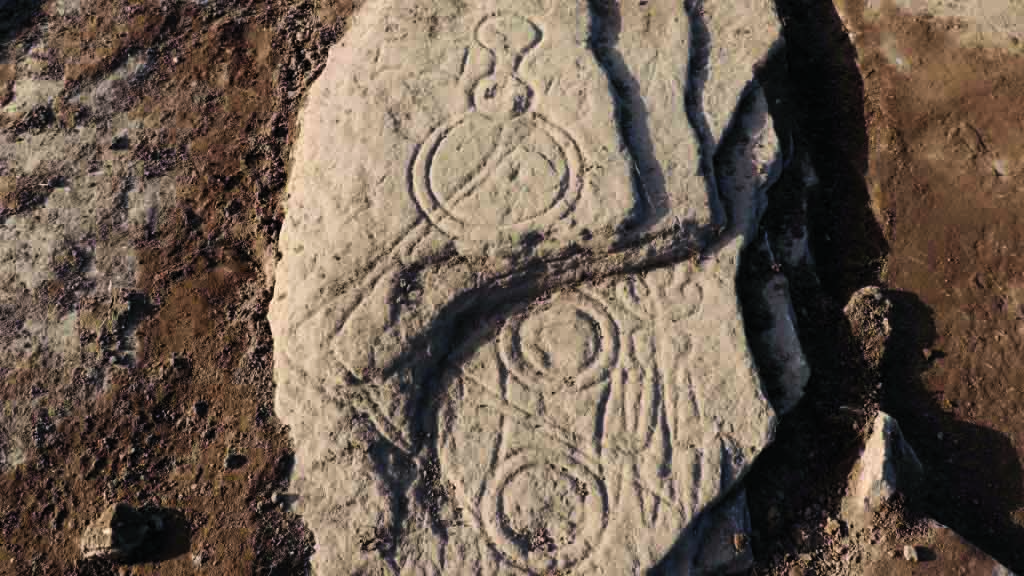 (University of Aberdeen)
(University of Aberdeen) -
Digs & Discoveries
Linking the Lineages
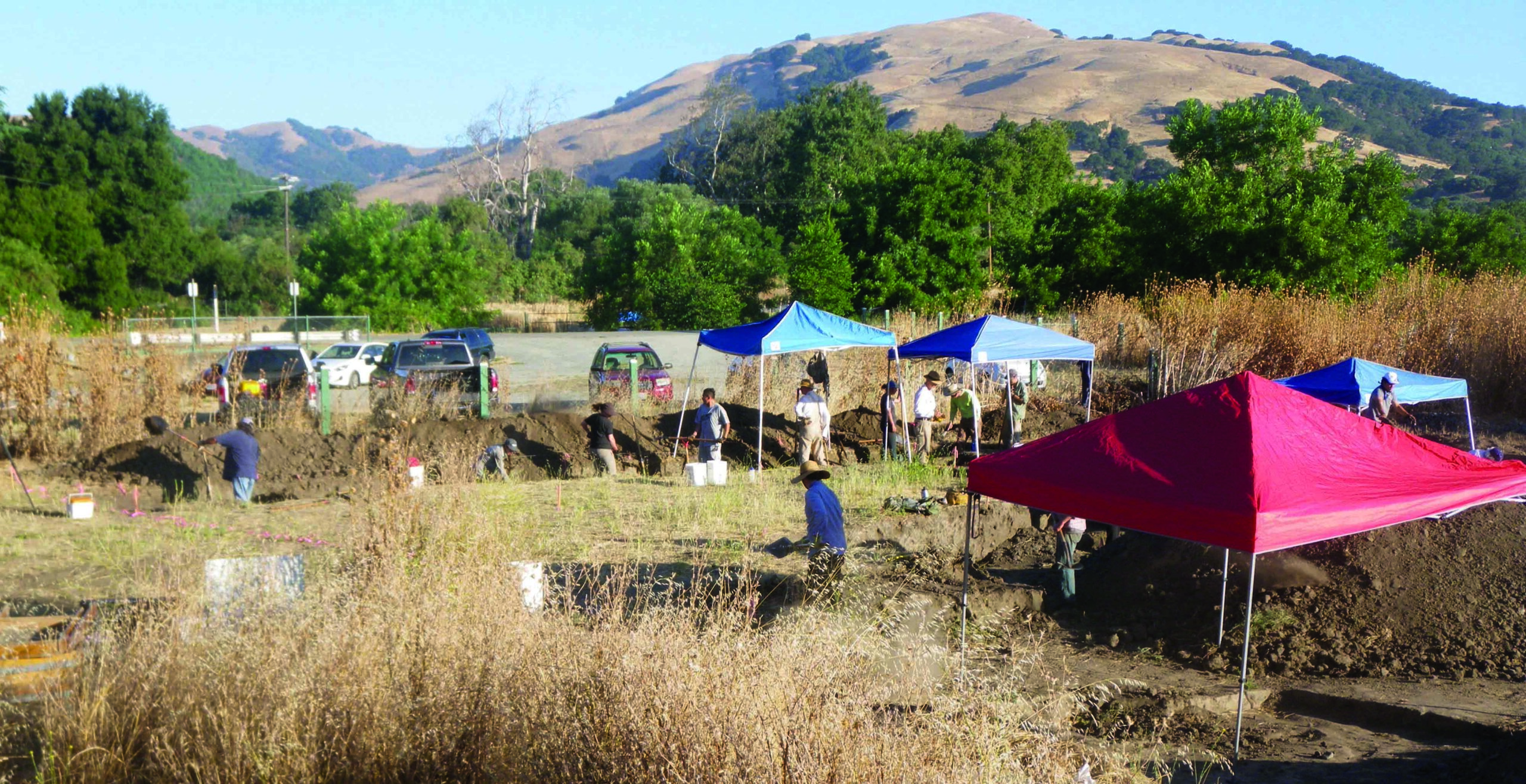 (Courtesy of Brian Byrd/ Far Western Anthropological Research Group)
(Courtesy of Brian Byrd/ Far Western Anthropological Research Group) -
Digs & Discoveries
The Avars Advance
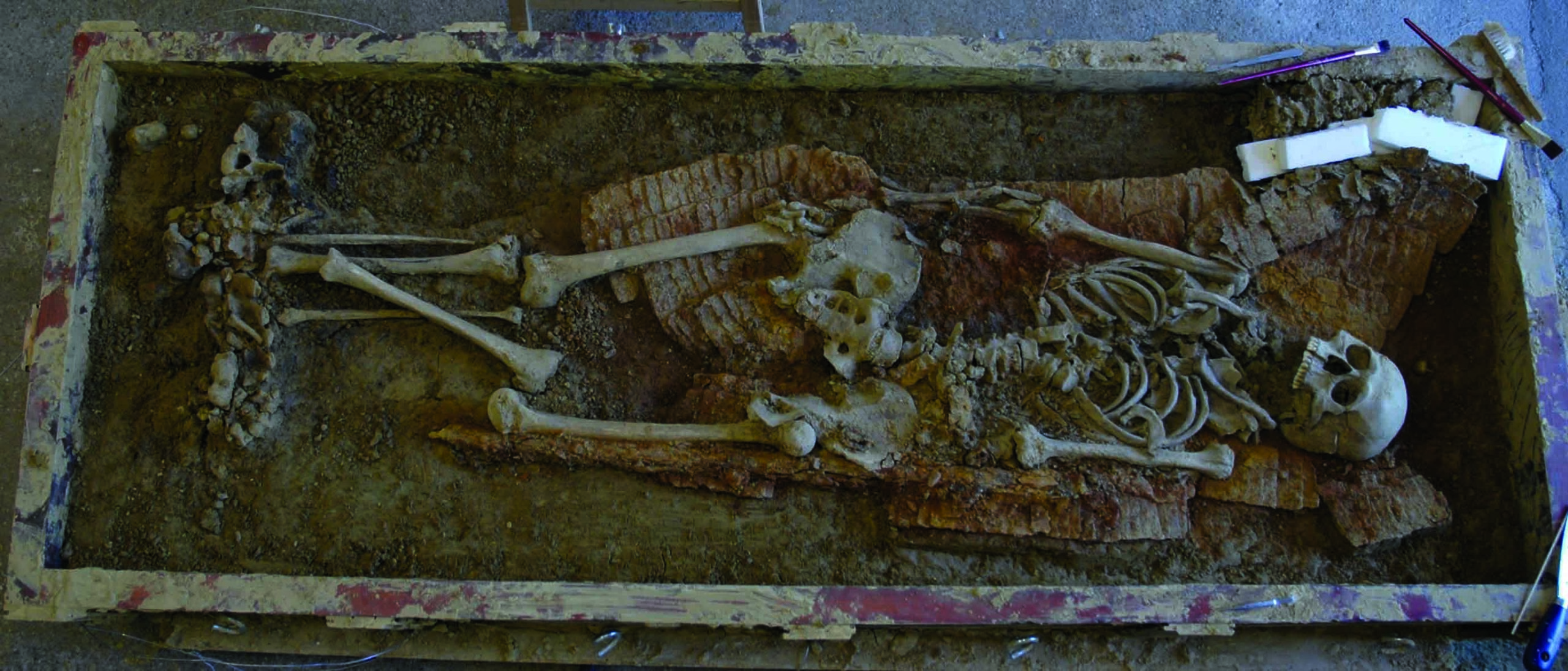
-
Digs & Discoveries
Herod's Fancy Fixtures
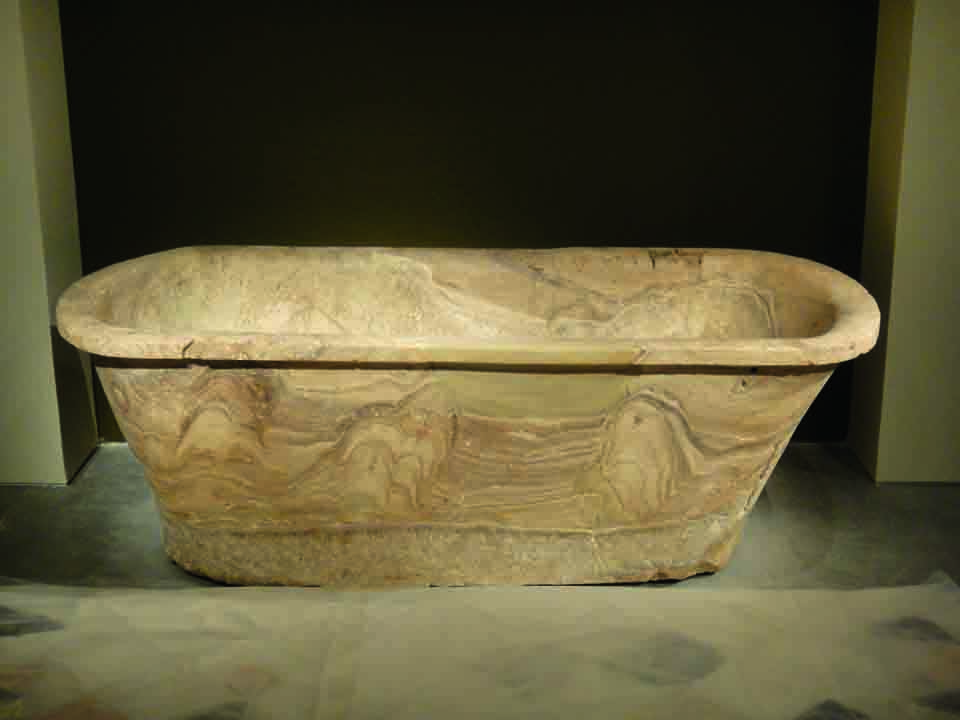
-
Digs & Discoveries
More Images From Digs & Discoveries
Off the Grid
Off the Grid September/October 2022
Ozette, Washington
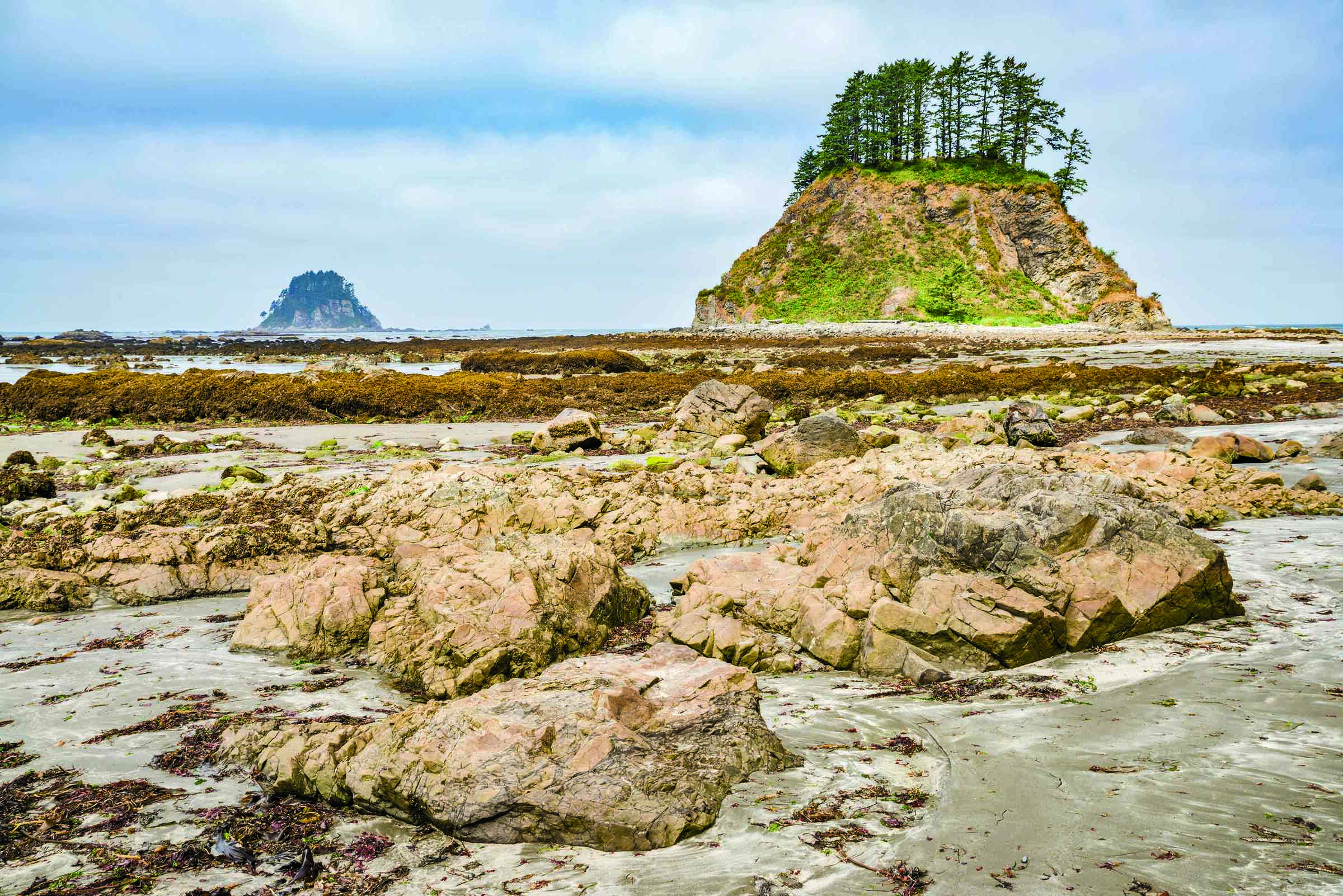
Around the World
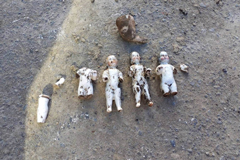
NEW ZEALAND

NEW ZEALAND: Small porcelain dolls are among the thousands of Victorian age artifacts retrieved from the site of a former ladies’ school in Christchurch. Ranging from 1 to 18 inches tall, the figurines were originally manufactured in Germany. They were also widespread in the United States in the mid-19th century, where they were later known as “Frozen Charlottes.” The name stems from a macabre popular poem about a vain young girl who refused to cover up on a cold evening and froze to death during an open sleigh ride.
Related Content
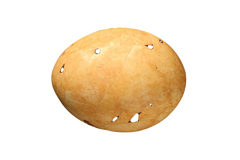
AUSTRALIA

AUSTRALIA: Charred eggshell fragments from numerous sites across Australia suggest that, 50,000 years ago, the continent’s earliest human inhabitants frequently dined on the eggs of a previously unidentified avian species. Recent analysis of samples from the site of Wood Point indicates that the eggs belonged to the flightless Genyornis, or “thunder bird,” which stood more than 6 feet tall and weighed up to 530 pounds. People raided the birds’ nests for their protein-rich eggs, each of which weighed more than 3 pounds. This likely contributed to the bird’s extinction.
Related Content
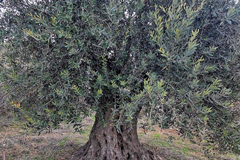
ISRAEL

ISRAEL: The earliest known evidence of domestication of a fruit tree was uncovered at the Chalcolithic site of Tel Tsaf in the Jordan Valley. During excavations, archaeologists unearthed the 7,000-year-old charred remains of wood, which they determined belonged to olive trees. Although prevalent throughout the Mediterranean world, olives are not endemic to the Jordan Valley. Experts believe that olive trees were imported to the site and cultivated there, allowing its inhabitants to become wealthy by trading in the trees’ valuable products.


